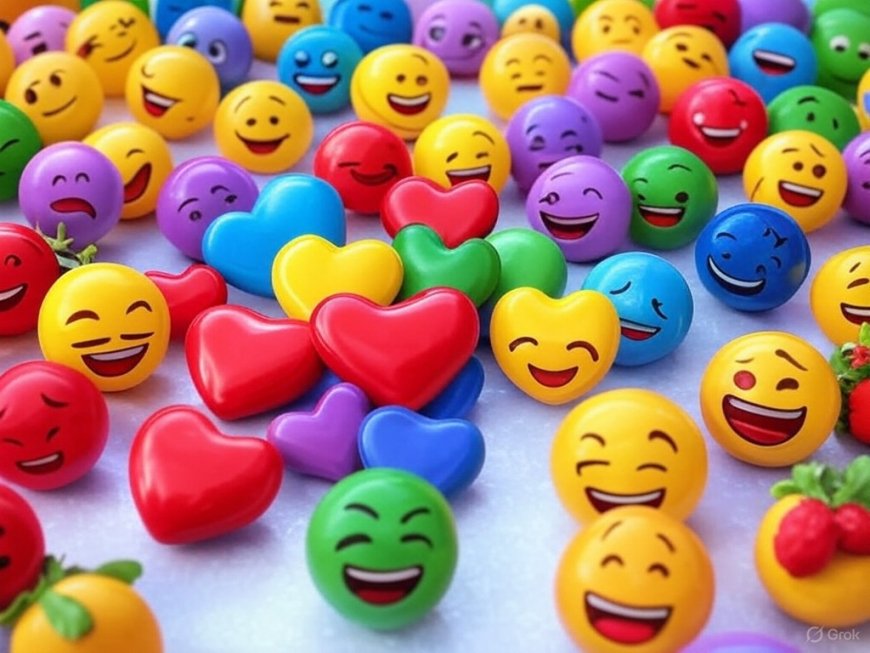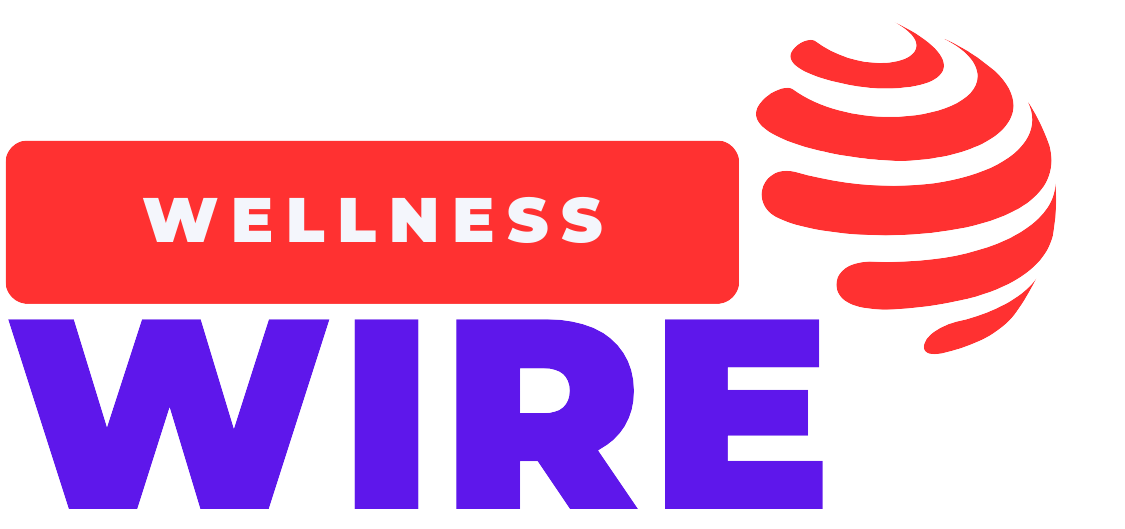What They Really Mean: A Deep Dive into Emojis and How We Use Them Today
Confused by emoji meanings? Learn what today's most-used emojis and heart colors really mean, and how to avoid common digital miscommunications.

In the age of digital conversations, emojis are the unsung heroes of emotional expression. A single symbol — like a smiling face or a broken heart — can say more than a paragraph of text. But while emojis are now part of our everyday language, their meanings aren't always as obvious as they seem.
Let’s explore what today’s most popular emojis really mean, how heart colors change the message, and how to avoid embarrassing miscommunications in the world of digital conversations.
? The Psychology Behind Emoji Use
A report by Adobe found that 73% of people believe emojis make them better communicators. Emojis add emotional nuance to our words, soften critical feedback, and create deeper connections — all in a tiny visual format.
Yet, interpretation varies wildly based on culture, age, and context.
? Most Common Emojis and What They Actually Mean
? Smiling Face with Smiling Eyes
Genuine happiness, warmth, friendliness. Often used in both casual and professional settings.
? Grinning Face with Sweat
Nervous laughter, relief, or awkwardness. Can also mean “I barely made it!”
? Face with Tears of Joy
Still the most-used emoji globally, but some Gen Z users consider it outdated. Used to mean “I’m laughing so hard I’m crying.”
? Loudly Crying Face
Intense sadness… or intense laughter, depending on context. Often used humorously to exaggerate feelings.
? Face with Rolling Eyes
Sarcasm, annoyance, or disbelief. Not recommended in formal communication.
? Clown Face
Used to mock someone being foolish or naive — usually in a self-deprecating or sarcastic tone.
❤️? The Heart Emoji Breakdown: What Each Color Really Means
Hearts are among the most frequently used emojis, but each color sends a different message. Understanding these can help avoid social or emotional missteps.
| Emoji | Color | Meaning |
|---|---|---|
| ❤️ | Red Heart | Classic love, deep affection, romantic emotion |
| ? | Orange Heart | Warmth, energy, comfort — often used in platonic friendships |
| ? | Yellow Heart | Cheerfulness, positivity, loyalty in friendships |
| ? | Green Heart | Nature, health, jealousy, or reconciliation |
| ? | Blue Heart | Trust, peace, platonic love, support for causes (e.g., autism awareness) |
| ? | Purple Heart | Compassion, creativity, luxury, or BTS fandom |
| ? | Black Heart | Dark humor, sorrow, edginess, or gothic vibes |
| ? | White Heart | Purity, sincerity, spirituality, or minimalism |
| ? | Broken Heart | Heartbreak, emotional pain, or dramatic exaggeration |
| ❤️? | Mending Heart | Healing from emotional wounds |
These meanings are not always fixed — cultural influences, online trends, and social circles shape their evolving context. For updated interpretations, refer to Emojipedia which tracks emoji usage across platforms and generations.
? Hand & Gesture Emojis: Powerful But Risky
? Thumbs Up
Approval, agreement. However, in some circles (especially Gen Z), it may come off as passive-aggressive.
? Raising Hands
Celebration or success — often used when something goes well.
? Clapping Hands
Applause or congratulations. It can also be used between words for emphasis: “Stop ? doing ? that.”
? Fingers Crossed
Hope, good luck, or wishful thinking.
? Folded Hands
Often interpreted as a prayer or as saying “thank you” or “please.”
⚠️ Note: Some gestures may have different or even offensive meanings in other cultures. The Unicode Consortium regularly updates the official emoji definitions and new inclusions.
? When Food Emojis Are More Than Food
? Peach
Commonly used to represent the human buttocks. Rarely about actual fruit.
? Eggplant
Slang for male anatomy — used more on dating apps than in recipes.
? Taco
Used both literally and metaphorically. Thanks to a popular petition by Taco Bell, it’s now an official emoji.
? Pizza
Almost always literal — popular in casual texting and memes.
For a fun breakdown of double meanings, check out Know Your Meme and their emoji slang library.
? How to Use Emojis More Intentionally
-
Match tone to platform: Emojis in a text or Instagram story are fine — but use them sparingly in formal emails or work chats.
-
Less is more: Overloading messages with emojis can come off as immature or insincere.
-
Know your audience: What feels humorous to one generation may seem confusing or passive-aggressive to another.
-
Use emoji-enhancing tools: Platforms like Slack let you customize emojis for team culture.
? Misunderstandings & Why Emoji Literacy Matters
Cross-generational communication can get awkward fast. For example:
-
Millennials may use ? for laughter, while Gen Z prefers ? or ?.
-
A simple ? from a boss might seem dismissive to a younger employee.
According to Forbes, digital fluency now includes emoji literacy — understanding how symbols are perceived in a particular environment.
? Final Thoughts: Emojis Are the New Alphabet
Whether you’re sending a heart to your best friend or a thumbs-up in a group chat, emojis say a lot more than you might think. Like any language, their meaning depends on context, tone, and relationship. As emoji use continues to evolve, understanding the nuance behind them helps build stronger, clearer communication — and avoids plenty of awkward moments.
For updated meanings, check Emojipedia or follow social media linguists like Gretchen McCulloch for cultural insights into digital expression.
What's Your Reaction?
 Like
0
Like
0
 Dislike
0
Dislike
0
 Love
0
Love
0
 Funny
0
Funny
0
 Angry
0
Angry
0
 Sad
0
Sad
0
 Wow
0
Wow
0



















































